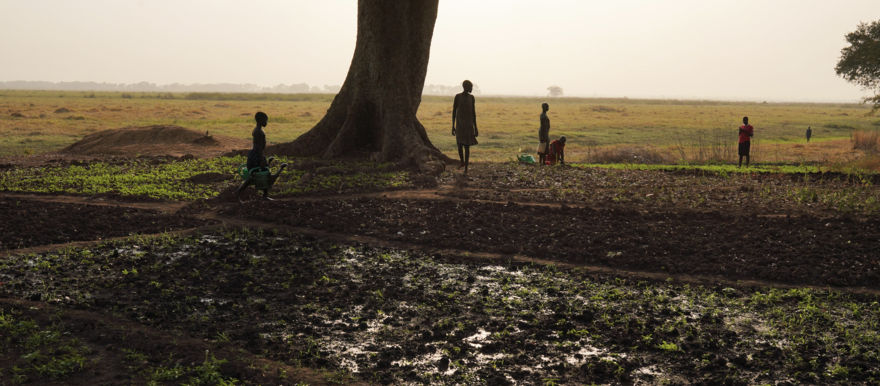A new report by the United Nations Food and Agriculture Organization (FAO) states that in the last year, South Sudan’s planted area increased despite widespread floods in different parts of the country.
The report released yesterday by FAO, the Ministry of Agriculture and Food Security, and the National Bureau of Statistics is based on the preliminary findings of the crop and food security rapid assessments conducted in December 2020 across South Sudan.
“The major findings show that in 2020 the planted area has increased by 6 percent compared to the previous year primarily thanks to favorable weather conditions, but is still far from reaching the pre-conflict levels,” reads part of a press release by FAO.
It continues, “The planted area expanded in Bahr El Ghazal region while remained unchanged in Greater Upper Nile. Despite an overall expansion also in the Greater Equatoria region, the breadbasket of the country, some counties in Eastern Equatoria experienced an opposite trend due to widespread insecurity. The cultivated area sharply declined also in Jonglei and Upper Nile states due to floods and conflict that disrupted people’s livelihoods.”
The report further reveals that nearly 1.26 million farmers, 5 percent more than in 2019, increased their production of sorghum, maize, rice, millet, and other crops due to favorable rains. The report also attributes the increase to the availability of manpower due to the closure of schools following the Covid-19 pandemic.
“These findings show that peace is paramount to a prosperous agricultural sector,” said Meshack Malo, FAO Representative in South Sudan, “Our priority is to increase production and to allow farmers to cultivate their crops safely and contribute to the expansion of planted areas in their country.”
Floods across the country have also caused its fair share of crop destruction, the report says.
“The impacts of floods on food security are magnified in the states of Warrap, Jonglei, Upper Nile and Unity with at least 21 counties in Emergency (IPC Phase 4.) In Jonglei, about 12,000 tonnes of cereals were lost, 26,892 hectares of cultivated land were damaged, 711,400 heads of livestock were affected while 48,000 perished. In these areas, livestock productivity and milk production have dropped due to widespread livestock mortality, a threefold increase in livestock diseases, and limited availability of forage,” the results show.
More than 30,000 people in South Sudan are likely to be in famine, while tens of thousands more are on the brink of starvation, international food security experts say. However, the government says only 11,000 are facing starvation, nearly 10 times less than estimated by food security experts.




